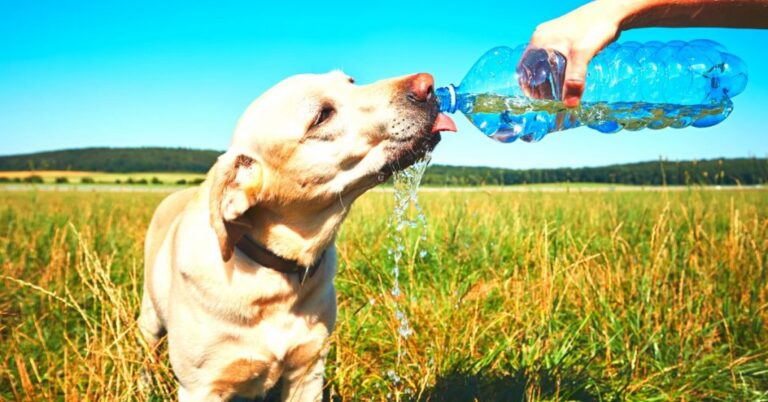How to Treat Cystitis in Cats
Cystitis in cats can be an uncomfortable condition, normally brought on by stress or anxiety.
We care about our feline friends and want to provide them with the best quality of life.
How a cat feels is important and can be the cause of some diseases.
Stress is usually the trigger for Cystitis also known as FIC (Feline Idiopathic Cystitis). It is common in cats and very distressing.
Cats tend to hide when they’re in pain, so it’s important to keep an eye for symptoms of Cystitis to help give your cat the care and treatment it needs.
What is Cystitis in Cats?
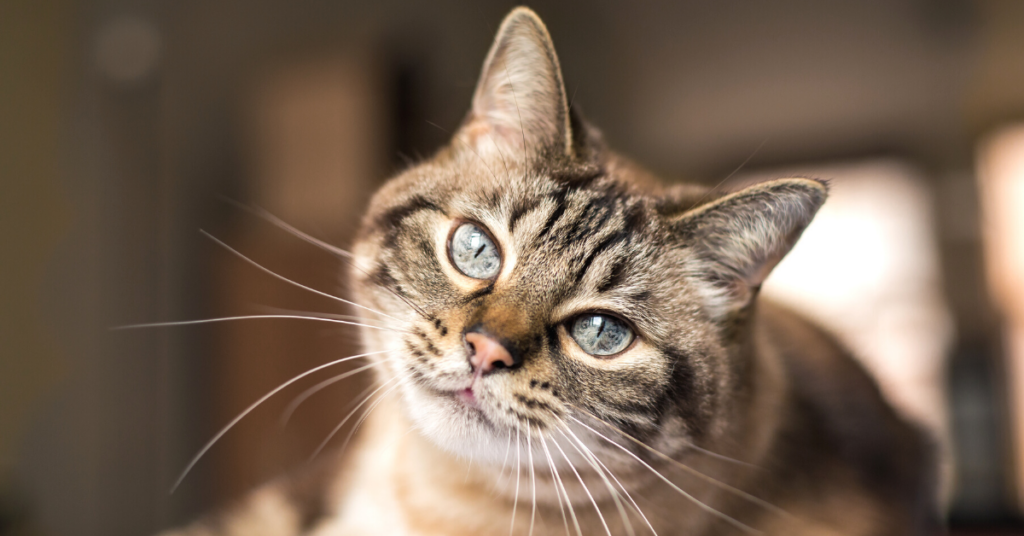
Cystitis in cats is an inflammation of the bladder. It’s part of the group of FLUTD (feline lower urinary tract diseases). Cystitis in cats affects a cat’s bladder and urinary tract.
The medical cause is still unexplained. Cystitis is different from a bladder infection, bladder stones, or more serious urinary tract disease, but it can have similar symptoms and can develop into these conditions.
It is more common in younger felines and episodes decrease by age.
Symptoms of Cystitis
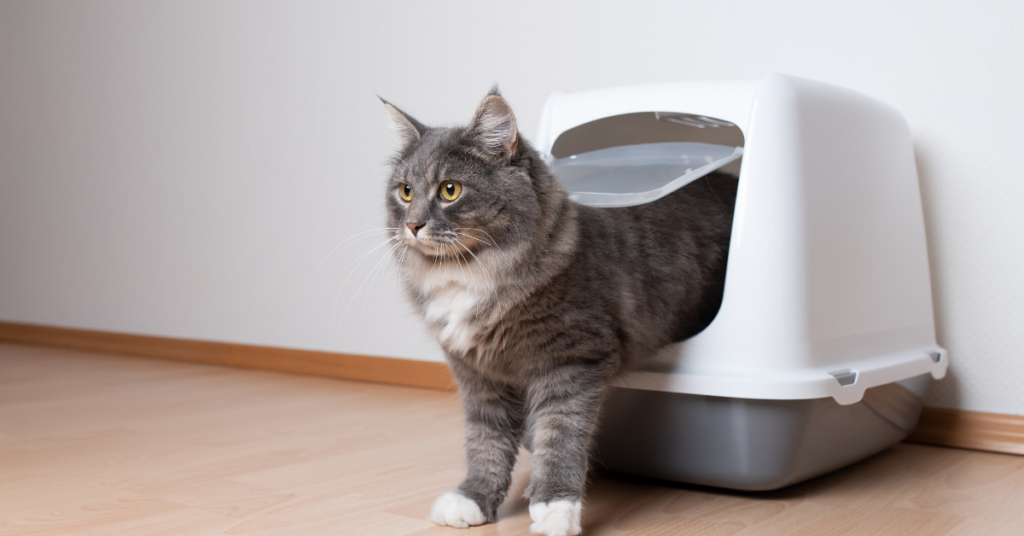
Cats with FIC show common symptoms, which include:
- Straining to urinate (Dysuria), they can spend a long time straining but passing small amounts of urine
- Frequent urination
- Urination in unusual places
- Presence of blood, can be seen as clots or pink urine
- Licking the genital area
- Unusual behavior, like hiding more or attacking when being handled
- Inability to pass urine, caused by complete urinary tract obstruction happens usually in male cats, which is painful and is considered a medical emergency and you need to immediately call your nearest emergency vet clinic.
Causes of Cystitis
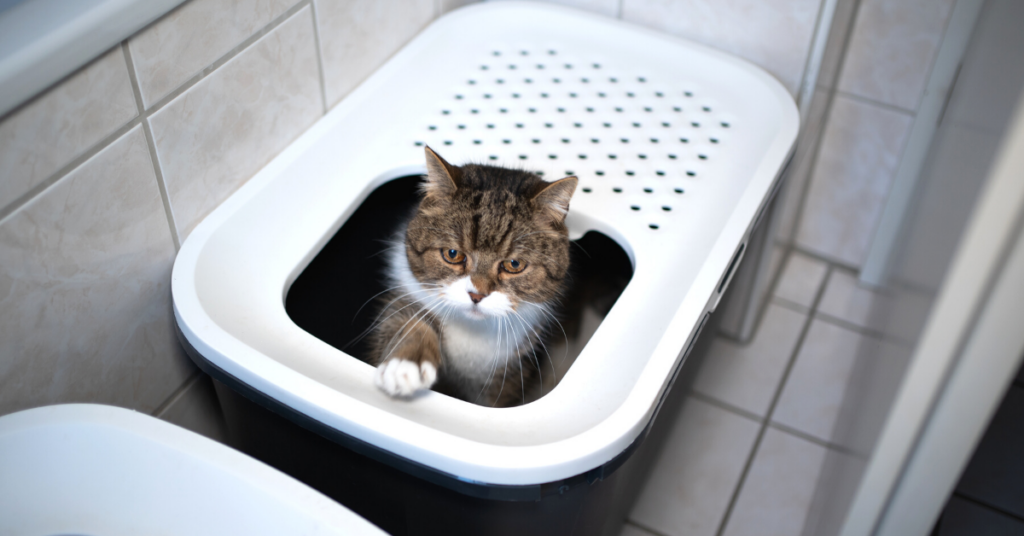
Many cases of Cystitis are unexplainable, but stress and anxiety can play a role and it has been proven to cause the special layer of the bladder which protects it against the harsh chemicals in urine to become erratic.
Inflammation can occur in affected cats when the bladder wall is unprotected and exposed to urine. Some of the potential causes include:
- Bladder stones. Almost 20% of all cases in cats under age 10 are caused by bladder stones
- Bladder or lower urinary tract tumor known as Neoplasia
- Bacterial infections of the lower urinary tract, or “Urinary Tract Infections (UTIs)”, which is more common in cats over 10 years of age
- Biological irregularities, specially in younger cats
Diagnosing Cystitis in Cats
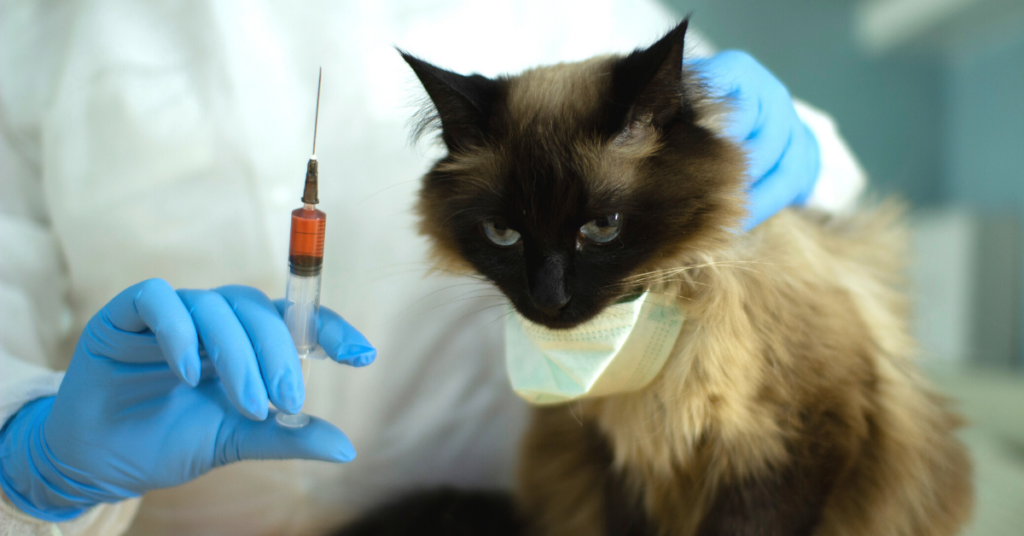
The process of diagnosing Cystitis in cats is based on identifying signs of lower urinary tract inflammation. It’s mostly based on ruling out any other FLUTD diseases, such as bladder infection, blockage or bladder stones.
If a cat shows FLUTD symptoms, it may be treated with antibiotics or change of diet. However, if these symptoms persist to happen, additional tests may be required to diagnose the cause of these symptoms and to confirm that it is Cystitis.
In order to differentiate FIC (Feline Idiopathic Cystitis) from other FLUTD (Feline lower urinary tract diseases). These diagnostic tests will take place:
- Urinalysis
- Bacterial culture of a urine sample
- Blood samples
- Radiographs (X-rays) and/or ultrasound examination of the bladder and urethra to rule out bladder stones.
How to Treat Cystitis in Cats
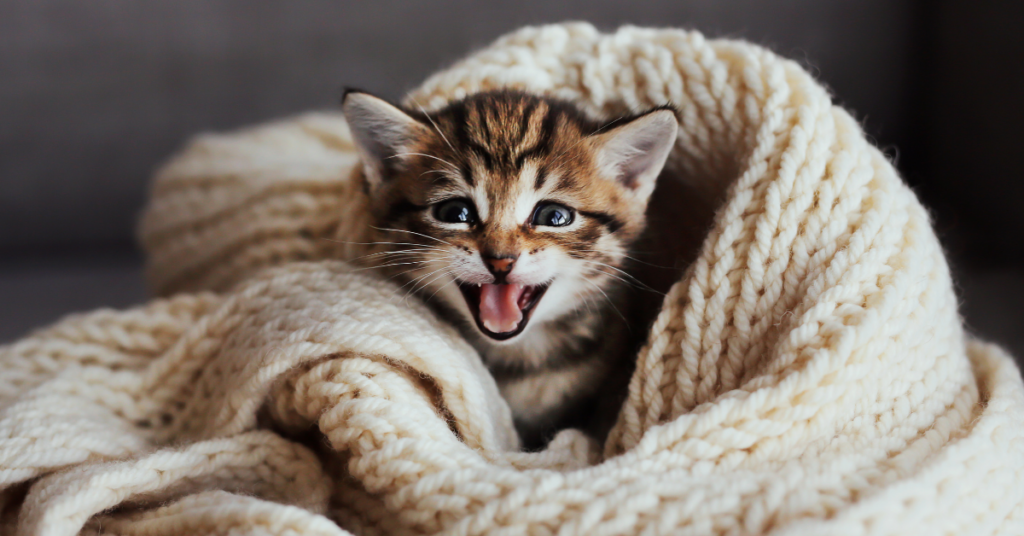
After ruling out all the possible causes of the present symptoms, and confirming that your cat has Cystitis. Treatment process would usually involve a combination of diet changes and their environment to reduce stress.
The vet may also prescribe painkillers and/or anti-inflammatory medications for a temporary period.
1. Reduce Stress
You can reduce stress for your cat by making sure you meet all their basic needs. In order to keep your cat happy and healthy.
Also try to add hiding places for your cat which make them feel safer, like boxes, or covered places to hide away.
Another way of reducing stress is adding a feliway diffuser which releases an odourless substance, which helps make the cat feel safer and less stressed. It doesn’t work for all cats but is very safe to use.
2. Determine Stress Causes
There are many different causes for stress in cats. Some of the common reasons can be the presence of other cats, new people or babies, any new multimodal environmental modifications you made around the house.
One of the most common causes of stress for cats is a clash with another cat within the house. It may be hard for you to see this because it can be quiet without any fighting involved. If you suspect that this is happening, you should visit your vet who can refer you to a cat behaviourist.
Additionally, you can also make sure that your indoor litter trays are convenient and cozy for your cat. When buying a new litter box you should still keep the old tray in place for a short time, so that the cat can decide which one they prefer better.
If these steps haven’t worked, the veterinarian may recommend a supplement or sometimes an antidepressant drug, such as amitriptyline.
3. Change of Diet
Changing your cat’s diet is the most effective way to treat and manage Cystitis. Firstly, if your cat is currently on a dry diet, try changing it to a wet food diet. Any dietary changes should be done gradually to avoid any stress.
You can change to wet food gradually by adding small amounts of the wet to the dry biscuits at each meal while reducing the dry food at the same time.
Once your cat is satisfied with this new mix, increase the amount of wet food lightly. Keep doing this until you transform completely to wet food.
Changing diet may take up to two weeks or more. You will need to be patient and determined in order to keep your cat’s bladder healthy for a long term.
If the cat refuses to take the new food, the vet may recommend adding elements to the dry food designed to manage Cystitis.
4. Fluid Intake
Always keep your cat hydrated which will reduce irritations that may happen to the bladder. You can increase water intake by adding multiple water bowls or a water fountain.
You can also add something to their water to make it more tasty like making ice cubes of chicken or fish and adding it to the water. Not all cats will like this, so it’s important to let them have another water bowl so they can have freedom of choice.
How to Prevent Cystitis in Cats
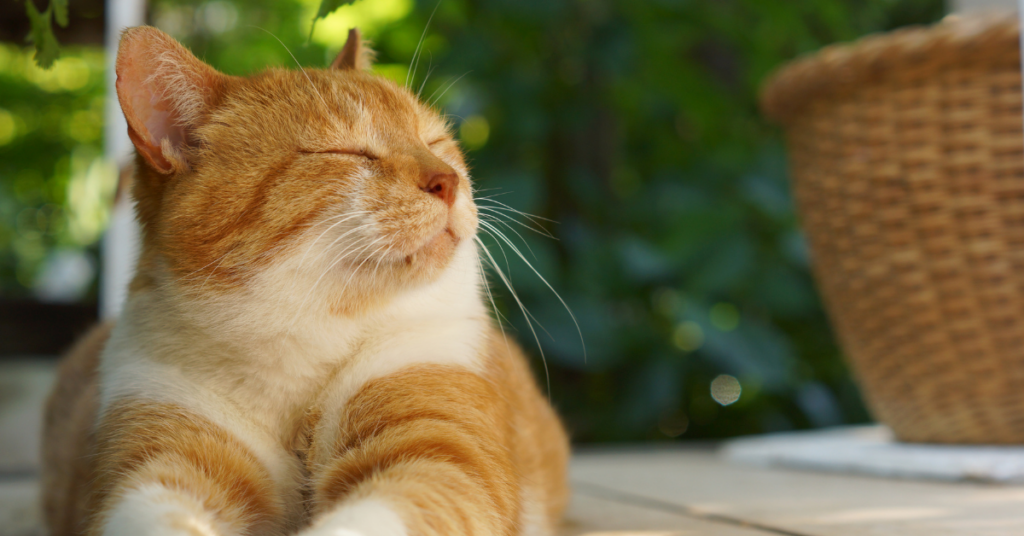
It is usually hard to completely prevent the occurrence of lower urinary tract diseases. However, increasing water consumption, weight control and exercise can help in preventing Cystitis.
In addition, understanding your cat’s behaviour and what triggers stress and eventually avoiding these stress triggers may also help in preventing Cystitis.
When to See a Veterinarian
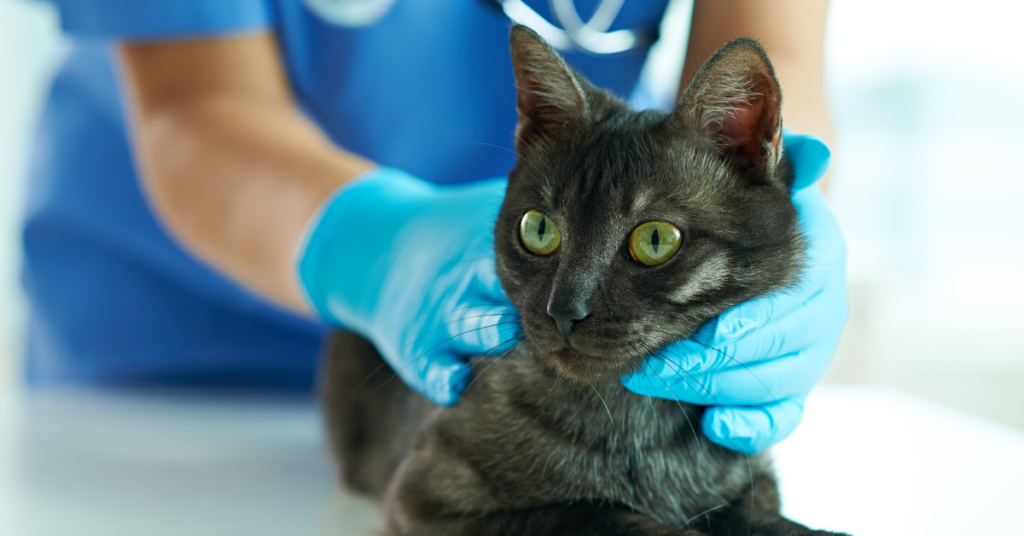
If you notice your cat is acting weird like hiding more or being aggressive, straining to urinate or frequently urinating very small amounts, having bloody urine, you should call your vet to help diagnose your cat and rule out any other more serious diseases.
If your cat is unable to urinate at all, or has a blockage, you should immediately call your nearest emergency clinic because a blockage to the flow of urine can be life-threatening and may lead to serious complications if untreated.


